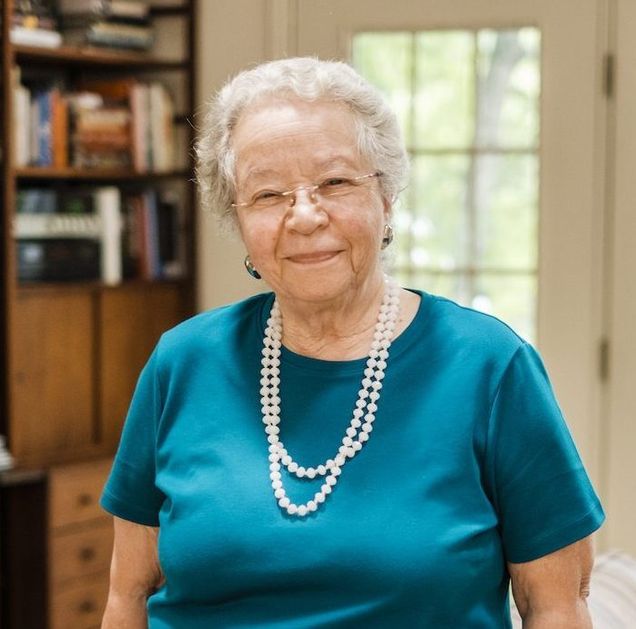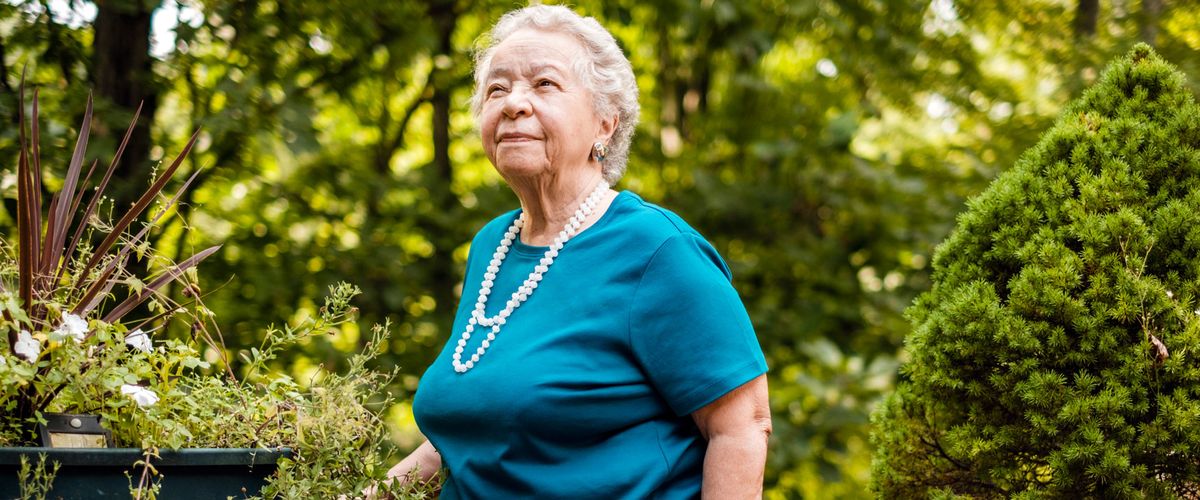There was no grand plan that led to Audrey Randolph’s 50-plus-year career as a physiatrist, a physician practicing rehabilitation medicine. The field was, after all, just emerging when she began her studies in the 1950s. But Randolph (’58) recalls an intense drive to learn more, carrying her from Sargent, where she studied physical therapy, into medical school. “It’s the story of my life,” she says. “I still have that same feeling: I don’t know enough. I must learn more. That’s just the way I am.”
Rehabilitation medicine, which Randolph discovered as a medical student, was “an extension of my physical therapy background,” she says. The field focuses on helping patients with physical impairments to restore functional ability and improve their quality of life. After finishing her studies at the Medical College of Pennsylvania, Randolph landed a residency at the Institute of Rehabilitation Medicine at the NYU Medical Center—a hub of the emerging field.
LEARNING FROM THE BEST

Howard Rusk, who had founded the institute in 1948, is considered one of the most influential figures in rehabilitation medicine—and Randolph was able to learn at his side. Simple practices like turning patients every two hours in their beds to avoid bed sores, good management of bladder and bowel function, and evaluating incapacity emerged from rehabilitation medicine practices. “Many of these concepts and improvements in management have become integral to the medical model in all modern hospitals,” Randolph says. “Watching that develop was very rewarding.”
The work of early physiatrists was also influential outside of the medical community. Randolph and her colleagues at NYU worked with paraplegic and quadriplegic patients, helping them to become independent. But outside the institute, the limitations of New York City’s built environment hindered them before they left the block. “There were no curb cuts in New York at the time,” she says. Anyone in a wheelchair was confined to a city block without help. Going to work or the store for basics was impossible because of parking limitations and inaccessible public transportation.
In 1968, Randolph was appointed to Mayor John Lindsay’s Committee on the Handicapped. That group contributed to regulations that created curb cuts and accessible parking. She sat on another committee that advised the architects of Lincoln Center on how to make buildings more accessible, with the inclusion of ramped access and minimum widths for bathroom doors. “Things that people just hadn’t been thinking about up to that point,” Randolph says. “I think these are important things to have done.”
A MOVE TO THE CLASSROOM
In 1980, Randolph made a major career decision, entering academia as a member of the faculty at New York Medical College (NYMC) and director of the Department of Rehabilitation Medicine at the Westchester Medical Center. “My focus switched to teaching and building the department,” says Randolph, who remains a professor of clinical rehabilitation medicine. “I enjoy seeing the lights go on in their eyes,” she says of her students. She received an excellence in teaching and mentoring award from the college in 2015.
– Audrey Randolph
Throughout her teaching career, Randolph has also continued seeing patients. She equates seeing a new patient to solving a mystery. “My job is to figure out ‘who is this, what are the diagnoses, what’s their problem, how can I help to fix or ameliorate it?’ As a member of the admissions committee of NYMC, and guest examiner for the American Board of Physical Medicine and Rehabilitation, I had to identify the ingredients to being a good doctor. I found that inquisitiveness and curiosity combined with empathy, intelligence, and hard work is a good combination for success.” She has been listed in Castle Connolly’s “Top Doctors” list every year since 1999.
LOOKING AHEAD
Like most medical professionals who provide elective treatments, Randolph stopped seeing patients during the COVID-19 pandemic. Her practice began reopening in late May, rescheduling appointments with their patients most in need.
As Randolph learns more about COVID-19, she predicts an influx of people in need of pulmonary rehabilitation as well as general rehabilitation. “I’m being told that 30 to 35 percent of people who recover from this virus end up with a disability, whether it be pulmonary or neurological,” she says. She’s also concerned about people adopting increasingly sedentary lifestyles while spending so much time at home. “When we come out of this, we’re going to have to look at what’s happening to people,” she says. “I don’t know that we have the answers yet.”
The forced break gave Randolph, who has been juggling medical, research, and academic roles for half a century, a glimpse of a more relaxed lifestyle—something she’s hoping for more of having just hired a new physiatrist for her office. “I’ve made sure that my patients will be taken care of and will be handled well,” she says. “That means that the circle is closing. My patients will be cared for, our department is in good hands, and our residents will take over for the next generation.”
